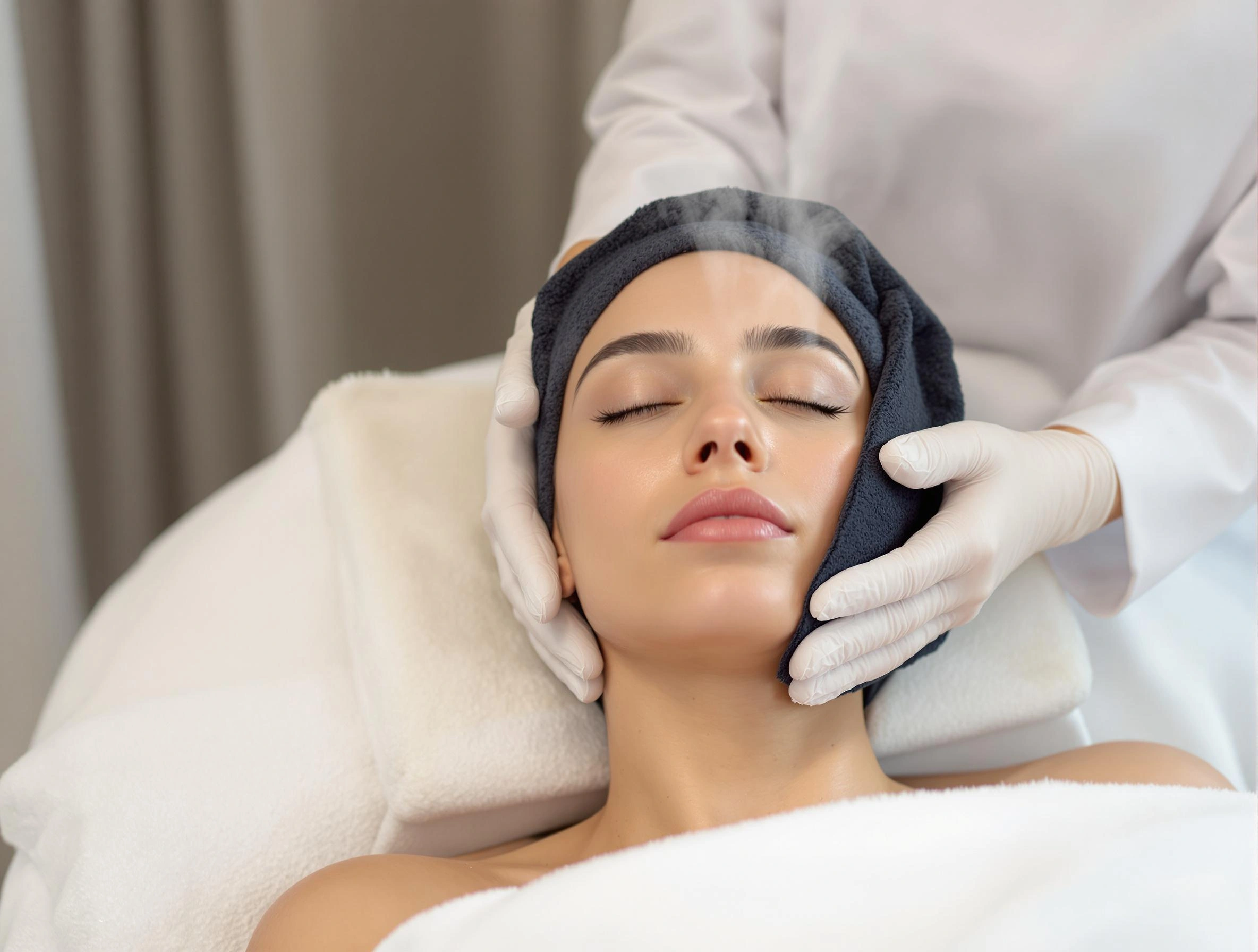The Ultimate Guide to Skincare for Combination Skin: Natural Ingredients and Expert Tips
Introduction
Combination skin is one of the most common yet challenging skin types to manage. Characterized by an oily T-zone (forehead, nose, and chin) alongside dry or normal cheeks, this skin type requires a balanced approach to maintain harmony. Using harsh products can exacerbate oiliness or dryness, making natural ingredients an excellent alternative for gentle yet effective care.
This comprehensive guide explores the best skincare practices for combination skin, focusing on natural ingredients that regulate oil production, hydrate dry areas, and promote an even complexion. From understanding your skin’s needs to crafting a personalized routine, this article provides actionable tips and expert insights to help you achieve healthy, glowing skin.
Understanding Combination Skin
What Is Combination Skin?
Combination skin exhibits two or more different skin types on the face. Typically, the T-zone is oily due to overactive sebaceous glands, while the cheeks remain dry or normal. Factors like genetics, climate, and skincare habits influence this skin type.
Signs of Combination Skin
- Oily T-zone: Shine, enlarged pores, and occasional breakouts.
- Dry/Normal Cheeks: Tightness, flakiness, or dullness.
- Uneven Texture: Some areas may feel rough while others are smooth.
Common Challenges
- Striking a balance between hydration and oil control.
- Avoiding products that over-dry or over-moisturize.
- Managing seasonal changes that affect different facial zones.
The Best Natural Ingredients for Combination Skin
Natural ingredients offer a gentle yet effective solution for combination skin. Below are some of the most beneficial components:
1. Aloe Vera
- Benefits: Soothes irritation, hydrates dry patches, and regulates sebum.
- How to Use: Apply pure aloe vera gel as a moisturizer or mask.
2. Honey
- Benefits: Antibacterial properties combat acne while humectant qualities retain moisture.
- How to Use: Use raw honey as a cleanser or spot treatment.
3. Jojoba Oil
- Benefits: Mimics the skin’s natural oils, balancing both dry and oily zones.
- How to Use: Massage a few drops onto damp skin.
4. Green Tea Extract
- Benefits: Reduces inflammation, controls excess oil, and provides antioxidants.
- How to Use: Apply cooled green tea as a toner.
5. Rosewater
- Benefits: Hydrates dry areas while lightly toning oily zones.
- How to Use: Spritz throughout the day for refreshment.
6. Clay (Kaolin or Bentonite)
- Benefits: Absorbs excess oil without over-drying.
- How to Use: Apply a clay mask weekly to the T-zone.
Building a Skincare Routine for Combination Skin
A well-structured routine is key to managing combination skin. Follow these steps for optimal results:
1. Cleansing
- AM: Use a gentle, sulfate-free cleanser (e.g., a foaming gel with chamomile).
- PM: Double cleanse with an oil-based cleanser followed by a water-based one.
2. Toning
- Opt for alcohol-free toners with witch hazel or rosewater.
- Apply with a cotton pad, focusing on oily areas.
3. Exfoliating
- Chemical Exfoliants (AHAs/BHAs): Glycolic acid (for dry areas) and salicylic acid (for oily zones).
- Frequency: 2-3 times per week.
4. Moisturizing
- Lightweight Gel Moisturizer: For the T-zone (e.g., aloe-based).
- Cream Moisturizer: For dry cheeks (e.g., shea butter-infused).
5. Sun Protection
- Use a broad-spectrum SPF 30+ sunscreen daily.
- Choose a non-comedogenic formula to avoid clogging pores.
6. Weekly Treatments
- Hydrating Mask: For cheeks (e.g., honey and yogurt).
- Clay Mask: For the T-zone (e.g., bentonite and apple cider vinegar).
Lifestyle Tips for Managing Combination Skin
1. Diet and Hydration
- Drink plenty of water to maintain skin elasticity.
- Consume omega-3s (flaxseeds, salmon) and antioxidants (berries, leafy greens).
2. Stress Management
- High stress increases oil production—practice yoga or meditation.
3. Sleep Hygiene
- Aim for 7-9 hours of sleep to allow skin repair.
4. Seasonal Adjustments
- Summer: Lightweight, oil-free products.
- Winter: Richer creams for dry areas.
Common Mistakes to Avoid
- Over-Washing: Strips natural oils, triggering more sebum production.
- Skipping Moisturizer: Even oily skin needs hydration.
- Using Harsh Products: Alcohol-based toners worsen dryness.
- Ignoring Patch Tests: Always test new natural ingredients for allergies.
Final Thoughts: Crafting the Perfect Routine
Managing combination skin requires a tailored approach that respects both oily and dry areas. By incorporating natural ingredients like aloe vera, honey, and jojoba oil, you can achieve balance without harsh chemicals. Consistency is key—stick to a routine that includes gentle cleansing, proper hydration, and sun protection.
Sample Routine:
- AM: Cleanser → Toner → Light Moisturizer → Sunscreen
- PM: Double Cleanse → Exfoliate (2-3x/week) → Serum → Night Cream
With patience and the right care, combination skin can transform into a radiant, harmonious complexion. Embrace natural skincare, listen to your skin’s needs, and enjoy the journey to healthier skin!
Would you like any refinements or additional details on specific sections?









Add comment